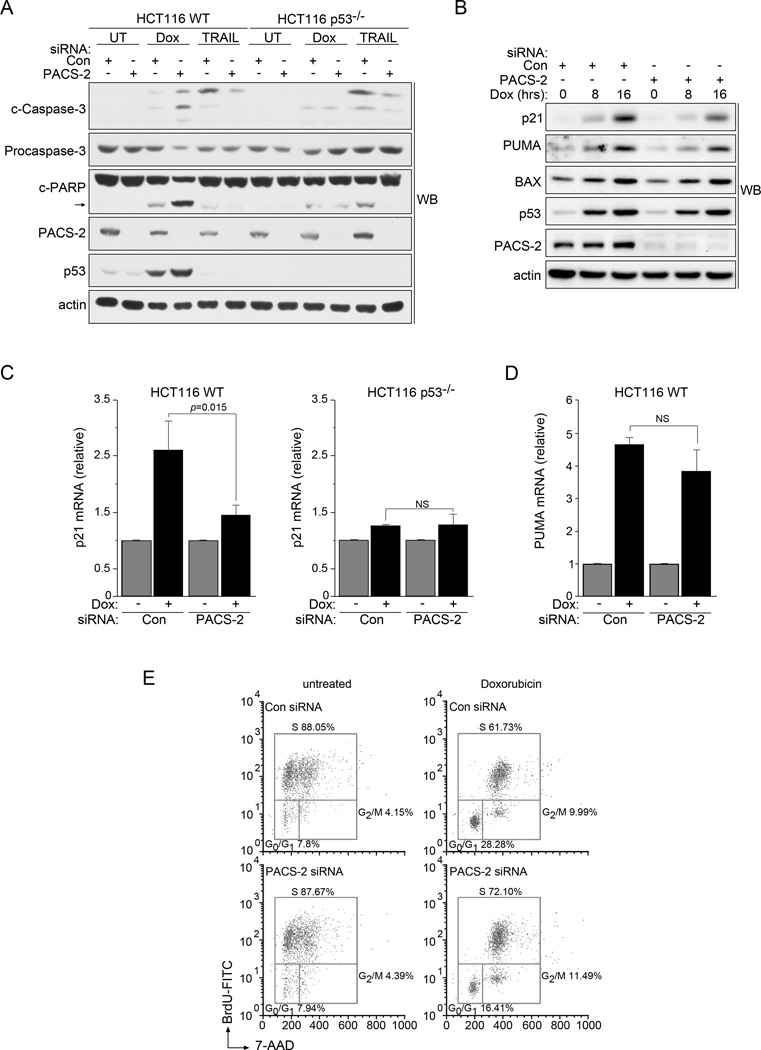Figure 1. PACS-2 deficient cells have reduced p21-dependent cell cycle arrest following DNA damage.
(A) Control (Con) or PACS-2 siRNA-treated HCT116 WT or p53−/− cells were treated with 0.5 µM Dox for 48hr or 20 ng/mL TRAIL for 5hr prior to harvest and analyzed by western blot. The cleaved caspase-3 Ab detected 19, 17 and 15 kDa forms. Arrow denotes cleaved PARP. (B) Control (Con) or PACS-2 siRNA-treated HCT116 cells were treated with 0.5 µM Dox and analyzed by western blot. Quantification using AlphaView (Protein Simple) showed that after 16 hr Dox treatment, PACS-2 knockdown reduced p21 by 50% whereas PUMA and Bax were less affected (16% and 12% reduction, respectively). (C) Control (Con) or PACS-2 siRNA-treated HCT116 WT (left) or HCT116 p53−/− (right) cells were treated with 0.5 µM Dox (4hr) and analyzed by qRT-PCR (normalized to GAPDH). Error bars represent mean ± SD from ≥ 3 independent experiments. Statistical significance determined using Student’s t-test. (D) HCT116 WT cells from panel B were analyzed for PUMA mRNA by qRT-PCR (normalized to GAPDH). Error bars represent mean ± SD from four independent experiments. Statistical significance determined using Student’s t-test. (E) Synchronized control (Con) or PACS-2 siRNA-treated HCT116 cells were stimulated to re-enter the cell cycle in the presence of 10 µM BrdU, treated with 0.5 µM Dox (24hr) and processed for flow cytometry. Results are representative of 3 independent experiments. See also Table S1 and Figures S1 and S2. NS, not significant.

